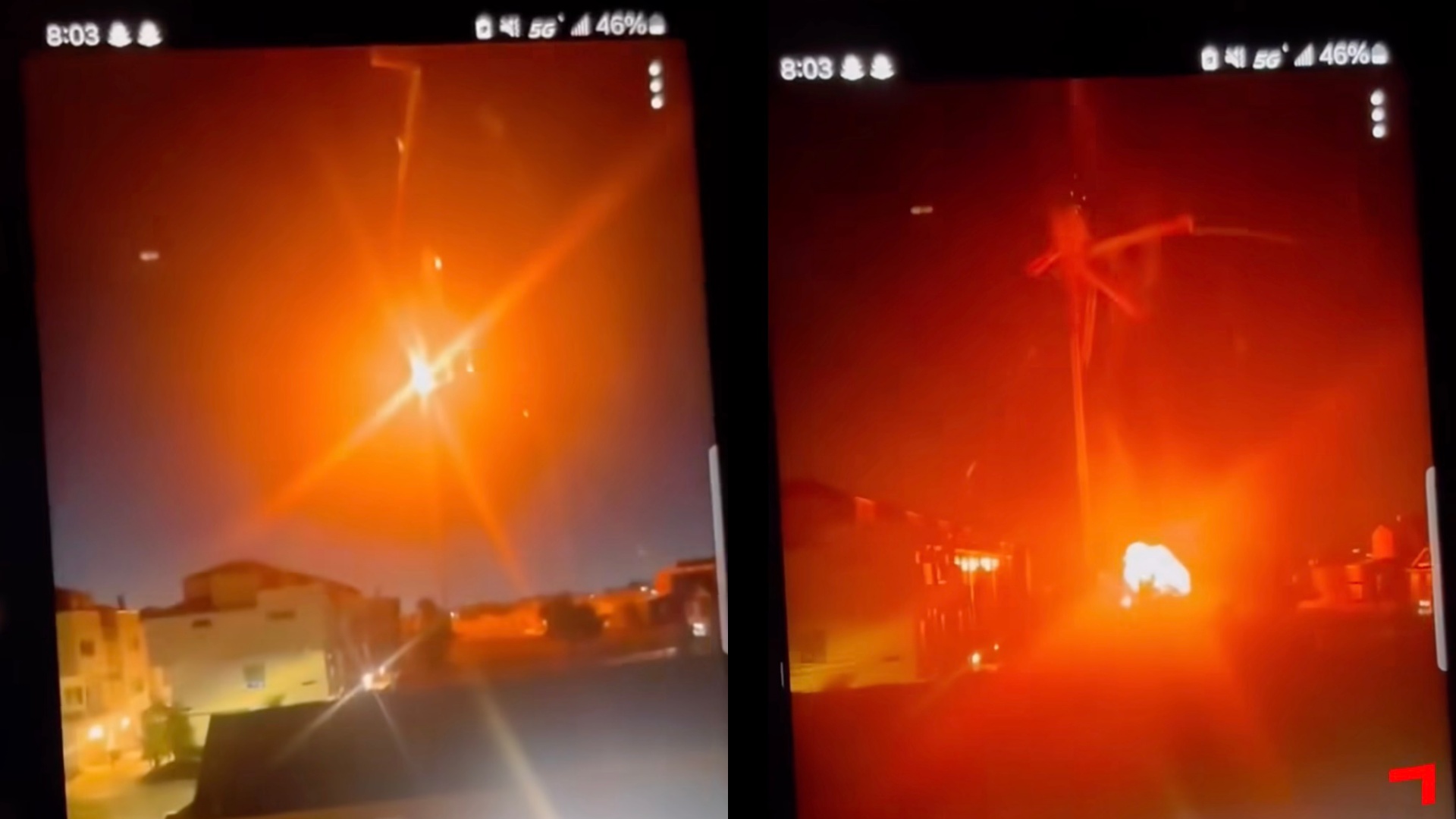Helicopter Crash Images And Their Impact

Helicopter crash images provide a stark reminder of the fragility of human life and the unpredictable nature of aviation. In an era where technology and safety measures are continuously advancing, the occurrence of helicopter crashes still evokes a sense of dread and curiosity. These images serve not only as documentation of tragic events but also as a catalyst for discussions about aviation safety, emergency response, and the emotional toll on families and communities affected by such incidents. The stark visuals of wreckage and emergency response can haunt the minds of viewers while also raising awareness about the potential dangers associated with helicopter travel.
From emergency rescues to celebrity incidents, helicopter crashes have been documented in various forms, often leading to a mix of fascination and horror. In many instances, these images become viral, sparking conversations across social media platforms and news outlets. The impact of these visuals extends beyond the immediate aftermath, often influencing public perception and policy changes regarding aviation safety regulations. As we delve deeper into the world of helicopter crash images, it becomes essential to understand their implications and the narratives they convey.
While some may view these images merely as newsworthy content, they encapsulate stories of loss, resilience, and the quest for answers. Understanding the context and human stories behind helicopter crash images can transform our perception from mere spectators to empathetic observers. This article will explore various aspects surrounding helicopter crashes, including notable incidents, safety measures, and the emotional aftermath faced by victims' families.
What Are Some Notable Helicopter Crashes in Recent History?
Several helicopter crashes have gained significant media attention due to the circumstances surrounding them. Some of these notable incidents include:
- The crash of Kobe Bryant's helicopter in January 2020, which shocked fans worldwide.
- The tragic accident involving the helicopter carrying the late Secretary of State, Colin Powell.
- The 2016 crash in New York City that resulted in multiple fatalities.
- The recent military helicopter crash during a training exercise in the Midwest.
How Do Helicopter Crash Images Affect Families of Victims?
For the families of victims, helicopter crash images can be both a source of grief and a tool for seeking justice. The visual documentation of the aftermath can often serve as a painful reminder of their loss. Many families report feeling a myriad of emotions upon viewing these images, ranging from anger to helplessness. Some may find solace in advocating for improved safety measures, while others may struggle with the public scrutiny that often accompanies high-profile incidents.
Are There Legal Implications Surrounding Helicopter Crash Images?
Yes, there are significant legal implications regarding helicopter crash images. In many cases, these images can be subjected to copyright laws, especially when taken by professional photographers or news agencies. Additionally, they may be used as evidence in legal proceedings following a crash. Families of victims often seek to control the narrative surrounding such incidents, leading to disputes over the use and publication of these sensitive images.
What Safety Measures Are in Place to Prevent Helicopter Crashes?
In response to the frequency of helicopter crashes, aviation authorities have implemented several safety measures aimed at reducing the risk of accidents. These measures include:
- Mandatory training programs for pilots, including emergency response simulations.
- Regular maintenance checks and inspections of helicopters to ensure operational safety.
- Advancements in technology, such as collision avoidance systems and GPS tracking.
- Strict regulations regarding weather conditions and flight permissions.
What Role Do Helicopter Crash Images Play in Aviation Safety Awareness?
Helicopter crash images serve a crucial role in raising awareness about aviation safety. When such images go viral, they can ignite discussions about the importance of adhering to safety protocols and the potential consequences of negligence. These visuals often highlight the need for improved training, better equipment, and stricter regulations. In this way, helicopter crash images become a powerful tool for advocacy and education.
Can Helicopter Crash Images Be Used for Research and Analysis?
Indeed, helicopter crash images can be invaluable for researchers and analysts studying aviation accidents. By examining these images, experts can identify patterns, contributing factors, and areas for improvement within the aviation industry. This research can lead to enhancements in safety protocols and the development of new technologies aimed at preventing future incidents.
What Emotional Responses Do Helicopter Crash Images Evoke?
The emotional responses elicited by helicopter crash images can vary significantly among individuals. For some, these images may trigger feelings of empathy and sadness, particularly for those who have experienced loss. Others may feel anger toward regulatory agencies or the aviation industry for perceived shortcomings in safety measures. This emotional rollercoaster can lead to public outcry and calls for accountability, ultimately influencing changes within the aviation sector.
How Can We Support Families Affected by Helicopter Crashes?
Supporting families affected by helicopter crashes involves both emotional and practical assistance. Here are some ways to offer support:
- Listening to their stories and acknowledging their pain.
- Providing financial assistance for legal fees or counseling services.
- Raising awareness about their plight through social media or community events.
- Encouraging discussions about aviation safety to prevent future tragedies.
What Can We Learn from Helicopter Crash Images?
Helicopter crash images teach us valuable lessons about the importance of safety, preparedness, and empathy. They remind us of the human stories behind every tragedy and the need for continuous improvement in aviation practices. By understanding the context and implications of these images, we can foster a culture of awareness and responsibility, ultimately leading to safer skies for all.
ncG1vNJzZmirn521b6%2FOpmasp5idu6bD0qCcq7FhZXypscuimqiopJq%2Fbq%2FRmqqhZZmirqix0mefraWc